more here
http://www.network54.com/Forum/47207/th ... erling38+-
and here
http://forum.axishistory.com/viewtopic. ... 77&start=0
and here
http://www.wehrmacht-awards.com/forums/ ... p?t=376571
and here
http://www.tarrif.net/wwii/guides/flak30_38.htm
Optic aiming sights for the 2cm Flakvierling 38
24 posts
• Page 2 of 3 • 1, 2, 3
Re: 2cm Flakvierling 38 instrument panel
"Don't believe everything you think"
-

Jamie Tainton - Site Admin
- Posts: 2094
- Joined: Wed Aug 19, 2009 1:01 pm
- Location: Vancover BC Canada
Re: 2cm Flakvierling 38 instrument panel
Nice links Jamie, thanks ! 
Now...more troubles
I don't know what I'm doing wrong, but the shields doesn't match, as pointed by red arrow. Does anybody here has got the same trouble?
The blue arrow points to part A16; it's position is not clear to me
Thanks
Darío

Now...more troubles
I don't know what I'm doing wrong, but the shields doesn't match, as pointed by red arrow. Does anybody here has got the same trouble?
The blue arrow points to part A16; it's position is not clear to me
Thanks
Darío
-

Dario Risso - Posts: 566
- Joined: Thu Aug 27, 2009 6:04 pm
- Location: Rosario, Argentina
Re: 2cm Flakvierling 38 auf Selbstfahrlafette Sd.Kfz.7/1
"Don't believe everything you think"
-

Jamie Tainton - Site Admin
- Posts: 2094
- Joined: Wed Aug 19, 2009 1:01 pm
- Location: Vancover BC Canada
-

Dario Risso - Posts: 566
- Joined: Thu Aug 27, 2009 6:04 pm
- Location: Rosario, Argentina
Re: 2cm Flakvierling 38 auf Selbstfahrlafette Sd.Kfz.7/1
Well, theese are the last updates:
You can see in white the little piece of plastic added to the reshaped shield's pin
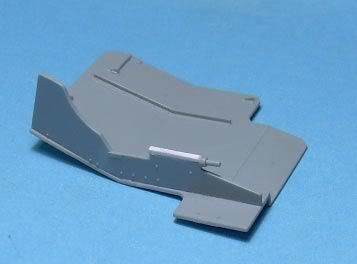
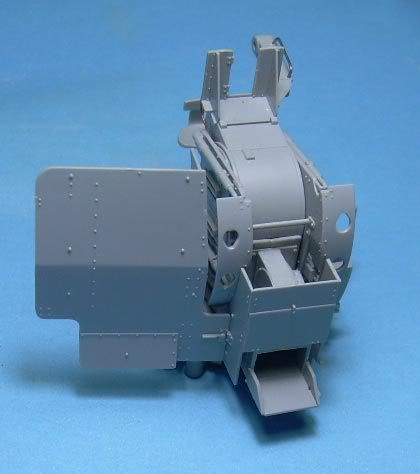
One of the side hoods; I deepened the opened parts with a Nº 22 blade
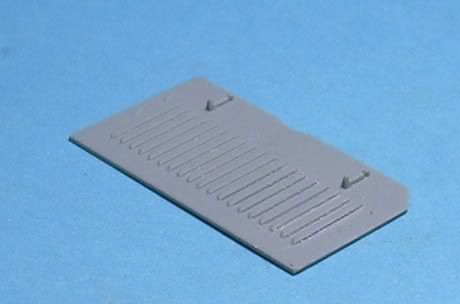
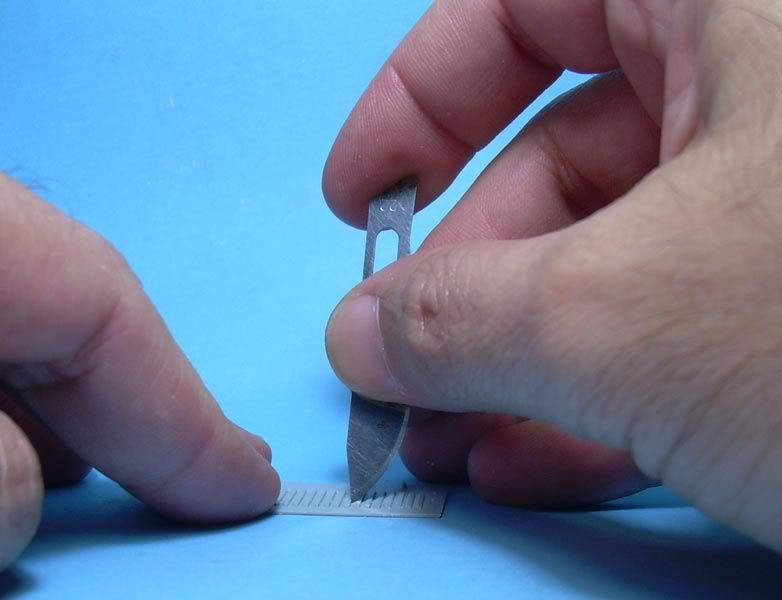
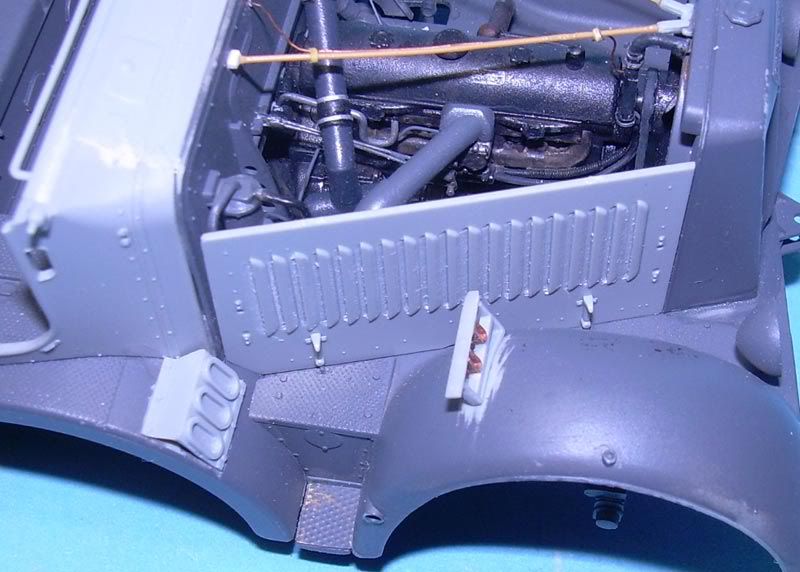
I eliminate the 2 fasteners and replaced them with some not used parts of other kit (I though they was the rear cable holder of Italeri's Pz IV F2/G). To the left, in dark gray, is the reshaped one
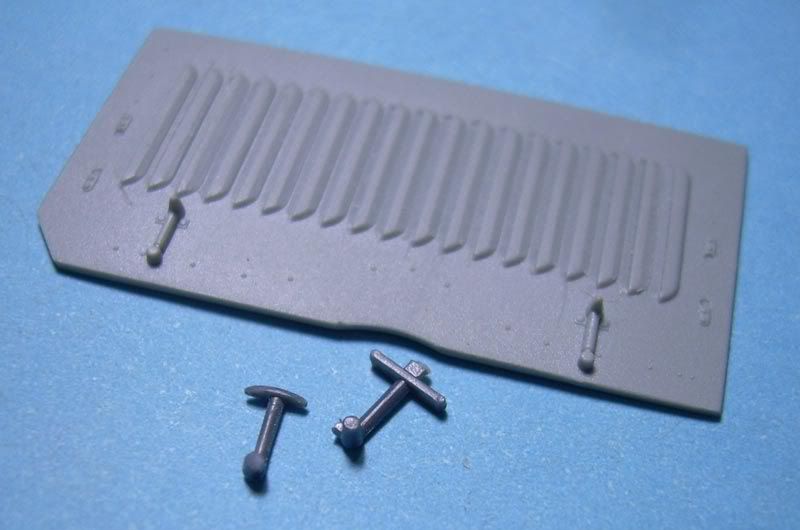
The entire kit, not glued yet; the wheels and tracks was painted, I just forget to take pics
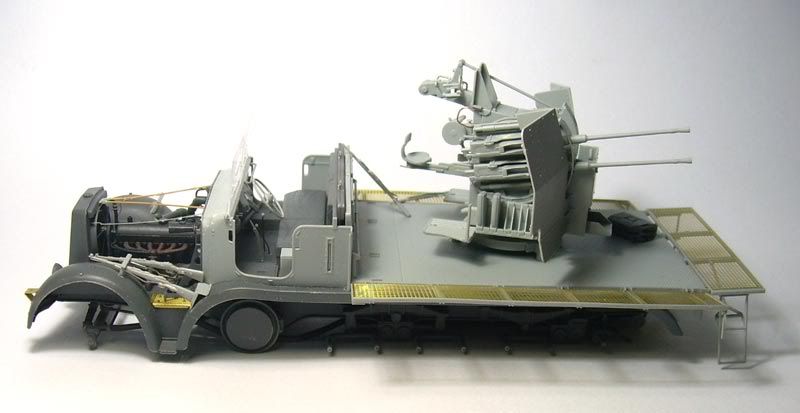
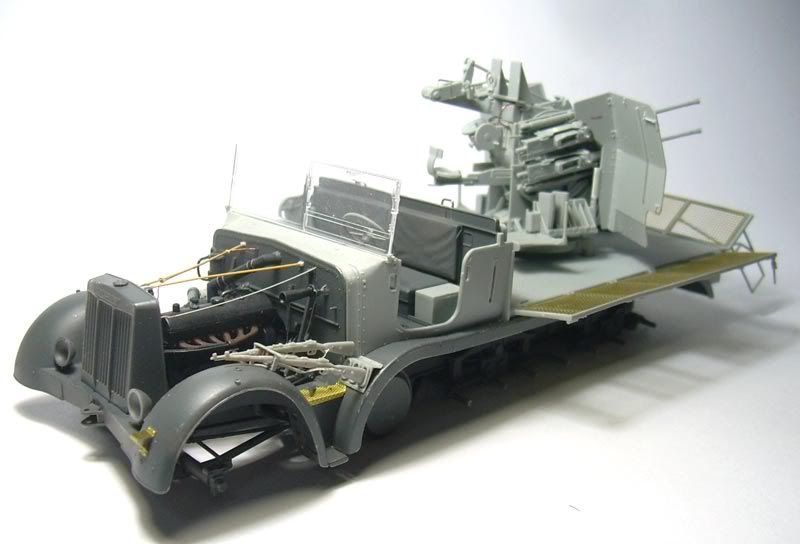
Some rear details
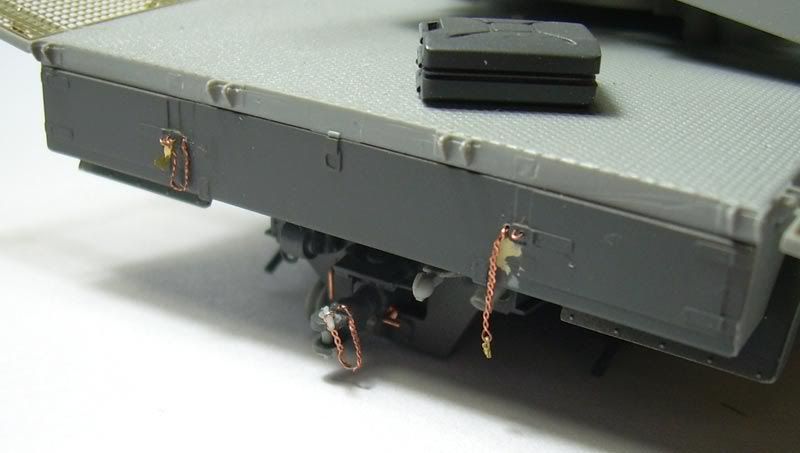
Kar-98 holders, modified with some copper sheet; P.E. no-skid plate plastic bolts and the new fastener in "open" position
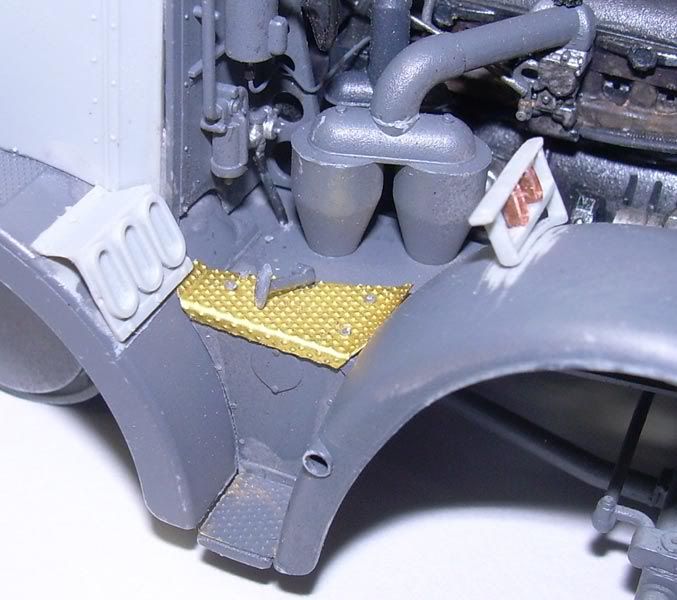
The slightly modified Lineal 21 sight and a draw found in the Web
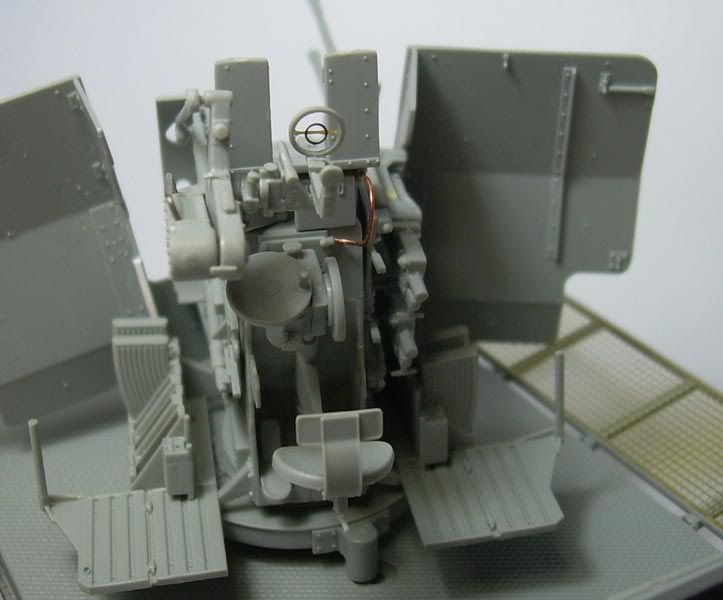
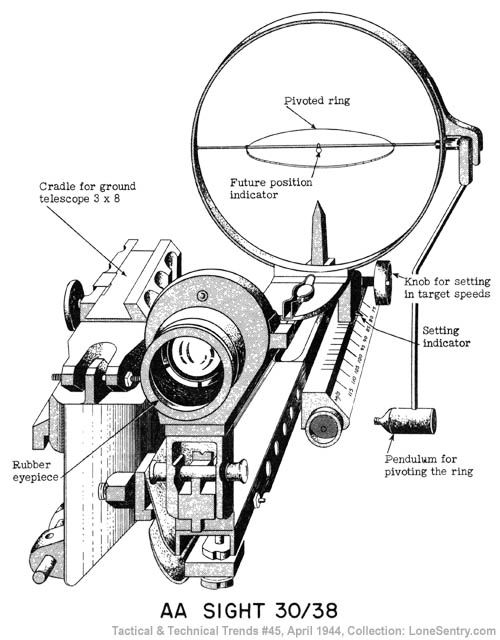
Well, that's all folks! Suggestions, comments, ideas, donations...all wellcomed
Darío
You can see in white the little piece of plastic added to the reshaped shield's pin


One of the side hoods; I deepened the opened parts with a Nº 22 blade



I eliminate the 2 fasteners and replaced them with some not used parts of other kit (I though they was the rear cable holder of Italeri's Pz IV F2/G). To the left, in dark gray, is the reshaped one

The entire kit, not glued yet; the wheels and tracks was painted, I just forget to take pics


Some rear details

Kar-98 holders, modified with some copper sheet; P.E. no-skid plate plastic bolts and the new fastener in "open" position

The slightly modified Lineal 21 sight and a draw found in the Web


Well, that's all folks! Suggestions, comments, ideas, donations...all wellcomed
Darío
-

Dario Risso - Posts: 566
- Joined: Thu Aug 27, 2009 6:04 pm
- Location: Rosario, Argentina
Re: 2cm Flakvierling 38 auf Selbstfahrlafette Sd.Kfz.7/1
I' m not totally certain Dario but that drawing maybe of the sight for the 30 not the 38. Let me get back to you.
"Don't believe everything you think"
-

Jamie Tainton - Site Admin
- Posts: 2094
- Joined: Wed Aug 19, 2009 1:01 pm
- Location: Vancover BC Canada
Re: 2cm Flakvierling 38 auf Selbstfahrlafette Sd.Kfz.7/1
Great build Dario!
I had a look in the Vierling manual for the shields to try and help with a solution for your issue above with the main shields, but unfortunately it's only a copy and the images aren't clear enough to discern the detail.
The sight pictured above is the early pattern Schwebekreisvisier. Can be a bit confusing because they appear to have used the existing stock of the Linealvisier carriage before the introduction of the more distinct, simpler one, for the later version. Also a bit deceptive is that drawing seems to depict a lens in the eyepiece, whereas it was really just a simple steal reticle.
There's no reason why you couldn't turn that sight into a Linealvisier but unfortunately you'd have to foresake some of your nice work. Probably the most noticeable details you might consider including are the pressed metal 'bowl' that the cross folds back into, and change the eyepiece to the far simpler Linealvisier one. Which never had a hood.
Jamie, the Linealvisier 21 was used on both 2cm Flak 30 and 38. The Reflexvisier on the Flakvisier 35 for the Flak 30 is completely different.
Looking for to seeing you paint the life into this build.
Cheers
Allan
I had a look in the Vierling manual for the shields to try and help with a solution for your issue above with the main shields, but unfortunately it's only a copy and the images aren't clear enough to discern the detail.
The sight pictured above is the early pattern Schwebekreisvisier. Can be a bit confusing because they appear to have used the existing stock of the Linealvisier carriage before the introduction of the more distinct, simpler one, for the later version. Also a bit deceptive is that drawing seems to depict a lens in the eyepiece, whereas it was really just a simple steal reticle.
There's no reason why you couldn't turn that sight into a Linealvisier but unfortunately you'd have to foresake some of your nice work. Probably the most noticeable details you might consider including are the pressed metal 'bowl' that the cross folds back into, and change the eyepiece to the far simpler Linealvisier one. Which never had a hood.
Jamie, the Linealvisier 21 was used on both 2cm Flak 30 and 38. The Reflexvisier on the Flakvisier 35 for the Flak 30 is completely different.
Looking for to seeing you paint the life into this build.
Cheers
Allan
- Allan Williams
- Posts: 80
- Joined: Wed Sep 09, 2009 11:56 pm
Re: 2cm Flakvierling 38 auf Selbstfahrlafette Sd.Kfz.7/1
"Don't believe everything you think"
-

Jamie Tainton - Site Admin
- Posts: 2094
- Joined: Wed Aug 19, 2009 1:01 pm
- Location: Vancover BC Canada
Re: 2cm Flakvierling 38 auf Selbstfahrlafette Sd.Kfz.7/1
Hahaha! Mate, I'm not disagreeing with what Dan's saying at all. Although there's a fairly large difference in what we're basing our explanations on. Much of what he is saying revolves around functionality and purpose, whereas everything I've tried to explain is purely from a practical perspective. As I tried to highlight in my response in the ML thread, the Schwebekreisvisier simply couldn't be mounted on the Linealvisier assembly. As with the single barreled Flak 38 and the Flak 30, the Linealvisier assembly had it's own unique Haltearm that was not compatible for mounting either the Visierkopf 38/40, Schwebekreisvisier or the Flakvisier 35's Reflexvisier in the case of the Flak 30. Hence the later introduction of the Haltearm 38 for the Linealvisier 21 to enable it to be mounted onto the Flakvisier 40 or 40a.
Essentially, the Schwebekreisvisier is just a better Linealvisier 21. Which is simply a developmental issue. It's not at all surprising that the Visierkopf 38/40 was phased out for any number of reasons. Although for the sake of this whole discussion, that's fairly irrelevant.
I must admit I'm a little confused where Dan says "The difference in the Zeilfernrohr 40 vs 40a was whether or not it could be connected to a fire control system-hence the plug connection in the front of the sight.", as I was under the impression that the plug mount on the front of the Zielfernrohr was for a lamp. The plug on the rear of the Visierkopf was for connection to the Flakvisier, or 'fire control system'.
I think it's also worth being aware of the confusions that arise from referring to the Visierkopf 38/40 as the Flakvisier 38 or 40. There was a very early Visierkopf 38 (which quickly became the 38/40, even in the manual) but there was never a Visierkopf 40.
I probably just explained myself really poorly when I was trying to explain the eyepiece for the Schwebekreisvisier so this pic should put that to bed.
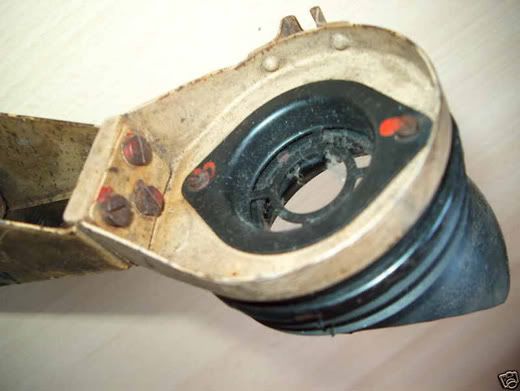
Hope this is beginning to make more sense.
Allan
Essentially, the Schwebekreisvisier is just a better Linealvisier 21. Which is simply a developmental issue. It's not at all surprising that the Visierkopf 38/40 was phased out for any number of reasons. Although for the sake of this whole discussion, that's fairly irrelevant.
I must admit I'm a little confused where Dan says "The difference in the Zeilfernrohr 40 vs 40a was whether or not it could be connected to a fire control system-hence the plug connection in the front of the sight.", as I was under the impression that the plug mount on the front of the Zielfernrohr was for a lamp. The plug on the rear of the Visierkopf was for connection to the Flakvisier, or 'fire control system'.
I think it's also worth being aware of the confusions that arise from referring to the Visierkopf 38/40 as the Flakvisier 38 or 40. There was a very early Visierkopf 38 (which quickly became the 38/40, even in the manual) but there was never a Visierkopf 40.
I probably just explained myself really poorly when I was trying to explain the eyepiece for the Schwebekreisvisier so this pic should put that to bed.

Hope this is beginning to make more sense.
Allan
- Allan Williams
- Posts: 80
- Joined: Wed Sep 09, 2009 11:56 pm
Re: 2cm Flakvierling 38 auf Selbstfahrlafette Sd.Kfz.7/1
Thanks Allan, for the time and effort you are expending on this subject, one that is seemingly pretty complicated because of my complete ignorance and the many different sights and mounts. But eventually I'm sure it will all make sense. 

"Don't believe everything you think"
-

Jamie Tainton - Site Admin
- Posts: 2094
- Joined: Wed Aug 19, 2009 1:01 pm
- Location: Vancover BC Canada
24 posts
• Page 2 of 3 • 1, 2, 3
Who is online
Users browsing this forum: No registered users and 11 guests
